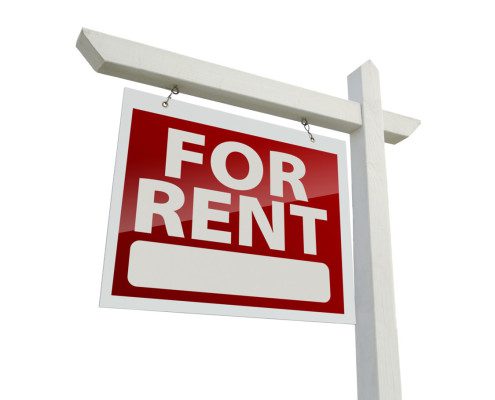The Paradox of Expensive Rent for Low Income Ohio Residents
The economic recovery is finally starting to gain traction in Ohio. However, the turnaround isn’t benefiting everyone equally. The prices of rent in low income communities are rising rapidly, although the incomes of those residents have remained tepid. Many housing experts, economists and policymakers argue that this trend underscores the need to create more affordable housing units in Central Ohio.
Average Resident Struggles to Afford Local Rent
The National Low Income Housing Coalition recently released the 2015 Out of Reach Report, which studied the number of residents that could afford a two bedroom apartment. The report showed that the highest wage needed to afford such an apartment was $14.13 an hour. This actually made Ohio the 10th most affordable housing market for low income families. On the surface, this sounds like Ohio residents are faring better than their counterparts in other parts of the country, but this analysis only factors one side of the equation.
The problem is that median wages in Ohio are lower than 34 other states. Wages for low income residents are even more problematic. The state has a minimum wage of $ 8.10 an hour and an average wage of $12 an hour, which is over $2 less than needed to afford an average two bedroom.
8.10 an hour and an average wage of $12 an hour, which is over $2 less than needed to afford an average two bedroom.
Bill Faith, executive director of the Coalition on Homelessness and Housing in Ohio (COHHIO) said that the situation is fairly grim for many low income workers. ”Everyday in Ohio, people are having to make the tough choice between food and rent,” said Faith. “These are people who have served our country during wartime, people with disabilities, senior citizens, and people who are working multiple minimum wage jobs and still not making ends meet. So while Ohio is far from the most expensive housing state in the country, it’s unreasonable to have to work 70 hours per week to put a modest roof over your head.”
The situation may not be as dire for the average worker as Faith and some advocates argue. It fails to take into account that most people renting two-bedroom apartments are sharing with spouses or roommates, which means that they will multiple streams of income to help make the unit more affordable. However, even many of these people may struggle to pay housing with additional bills that arise. It also shows that single parents are struggling to pay for an apartment that accommodates themselves and their children.
Need for New Housing Units
The real solution to the problem will be to create new housing units for low income families. The problem will eventually correct itself as prices decline to reflect a larger supply of housing for working families. Governor Kasich established Ohio’s Housing and Homelessness Collaborative to help rectify the problem, which is expected to show results in the coming year.









